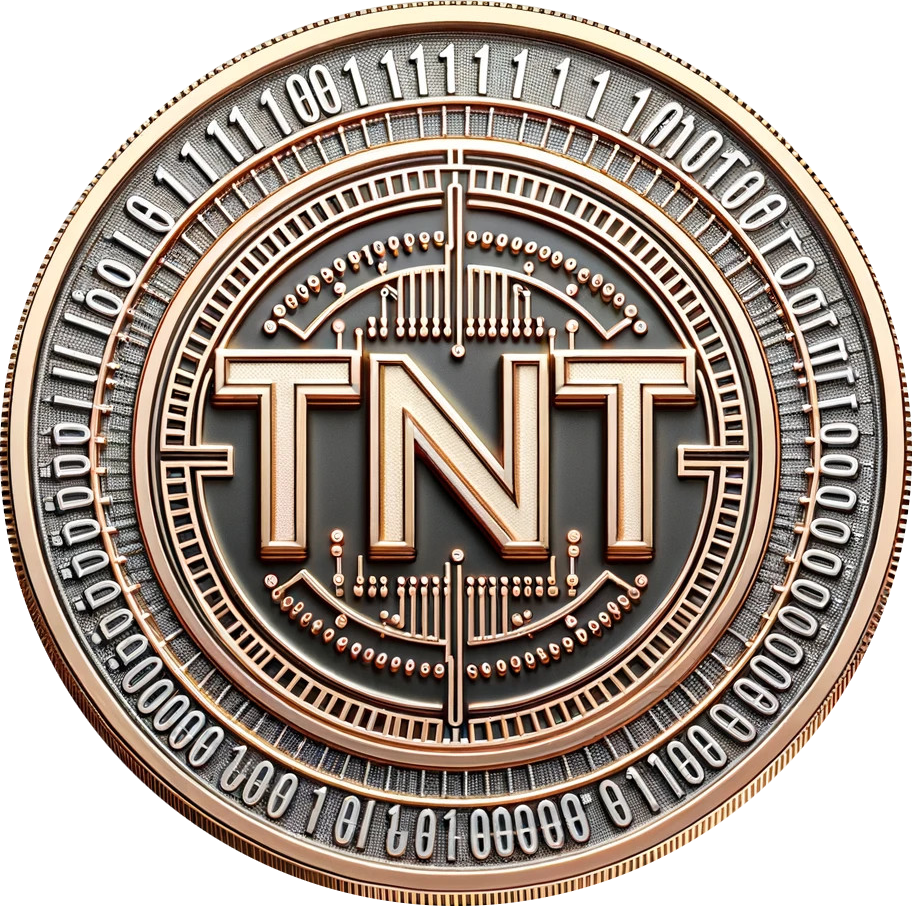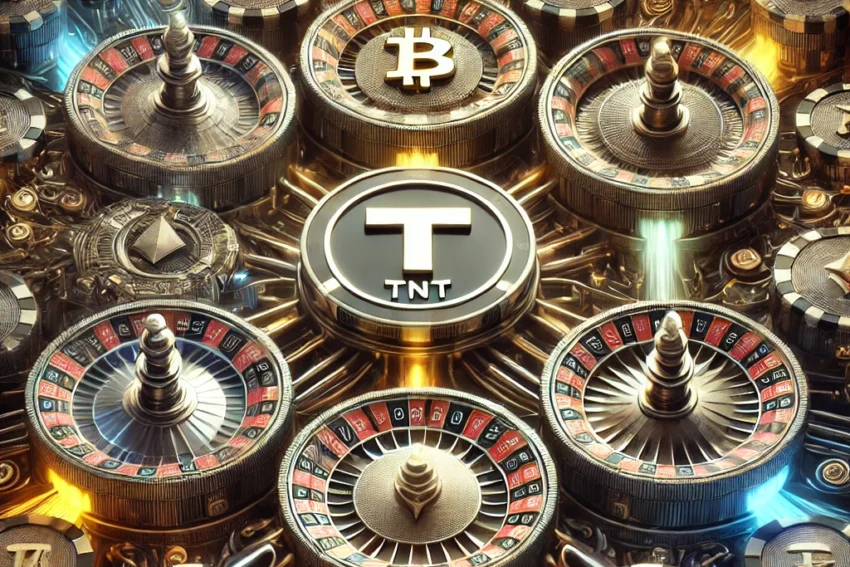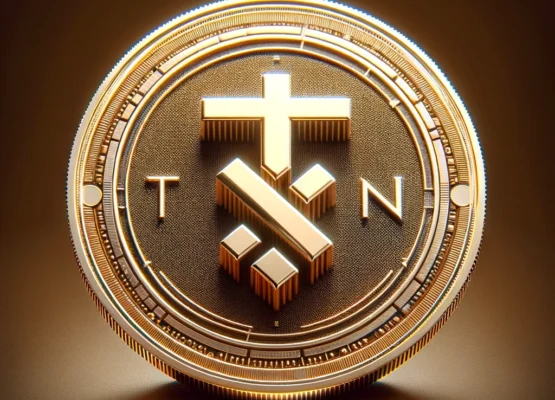Introduction
As decentralized finance (DeFi) continues to reshape how users interact with financial services, THRUST TNT stands out by offering a powerful combination of speed, cost-efficiency, and trustless transactions, all while leveraging the advantages of decentralized exchanges (DEXs). Built on cutting-edge blockchain technology and the THRUST NETWORK TECHNOLOGY infrastructure, THRUST TNT provides a superior platform for seamless and secure trading.
Here’s how THRUST TNT integrates the core benefits of DEXs—faster, cheaper, and trustless trading—into its ecosystem:
Faster Transactions: High-Performance Blockchain
THRUST TNT is designed with speed as a priority, ensuring that users experience lightning-fast transaction processing, a critical feature for traders on decentralized exchanges. The platform’s integration with the Tendermint Core consensus mechanism ensures that THRUST TNT processes transactions at a high throughput, supporting the demands of real-time trading.
- Low Latency: With THRUST TNT, users can complete trades in seconds, avoiding the delays associated with slower blockchain networks. This rapid confirmation speed is essential for traders looking to capitalize on market movements and arbitrage opportunities.
- Scalable for High Demand: As a decentralized exchange network, THRUST TNT is built to handle large volumes of transactions without slowing down, making it ideal for both casual traders and high-frequency users.
Cheaper Transactions: Cost-Effective Gas with TNT
Transaction costs are a critical consideration for DeFi traders, and THRUST TNT solves this problem by offering cheaper, more efficient transactions. By using the TNT token as gas for transaction fees, users benefit from an economic model that minimizes costs while maximizing throughput.
- Low Transaction Fees: Compared to traditional centralized exchanges or other blockchain networks with high gas fees (e.g., Ethereum during peak congestion), THRUST TNT keeps transaction costs low. This is especially beneficial for microtransactions and frequent trading, common in the world of DeFi and gaming.
- Optimized for Small Transactions: For applications like GamefAI in the DeltaVerse, where frequent and small transactions are necessary, the efficient use of TNT as gas ensures users are not burdened by high fees, allowing for smoother and more frequent gameplay interactions.
Trustless Trading: Secure and Decentralized
One of the key benefits of decentralized exchanges (DEXs) is their trustless nature. THRUST TNT enhances this advantage by ensuring that all transactions occur without the need for intermediaries or central authorities, allowing users to trade directly from their wallets, with complete control over their assets.
- Non-Custodial Trading: Users retain full ownership of their tokens at all times, eliminating the risk of losing funds to hacks or mismanagement common with centralized exchanges. With THRUST TNT, your private keys are never exposed to a third party.
- Secure Consensus Mechanism: The platform’s Byzantine fault-tolerant (BFT) consensus ensures that transactions are validated in a decentralized and secure manner, further enhancing the trustless environment. This consensus model protects the network against attacks, ensuring that transactions are both secure and tamper-proof.
- Immutable and Transparent: Every transaction on THRUST TNT is recorded on the blockchain, ensuring transparency and immutability. This allows users to verify trades and liquidity pool activities without relying on a centralized entity.
Why THRUST TNT Is the Superior DEX Platform
- Blazing-Fast Transactions: Powered by Tendermint Core, THRUST TNT processes trades at record speeds, ideal for high-frequency trading and gaming.
- Cost-Efficiency: With the TNT token acting as gas, transaction fees remain low, making it a cost-effective solution for DeFi enthusiasts and gamers alike.
- Complete Trustlessness: Users maintain full control of their assets, with secure, decentralized transactions facilitated by an advanced consensus mechanism.
Conclusion: The Future of Decentralized Trading
THRUST TNT offers unique advantages to the DEX ecosystem, blending speed, cost-effectiveness, and security to deliver a superior trading experience. Whether you’re trading digital assets, engaging with the DeltaVerse, or exploring the GamefAI universe, THRUST TNT empowers you to trade faster, cheaper, and without compromise. With its trustless, decentralized architecture, THRUST TNT is setting the standard for the next generation of blockchain-powered decentralized exchanges.
Explore the power of THRUST TNT and decentralized trading at tnt.exchange.



